
Summer is closing in and for most of us, that means there will be a change in the weather. Usually, a drop in temperature and this can affect our small and large scale grows.
Greenhouses give avid plant-lovers an artificial way to circumvent the effect of winter on our plants. We want to create the best artificial replica of a sunny summer's day indoors for our plants and LED grow lights and greenhouses enable us to do this!
Currently, there is no shortage of LED grow lights on the market. So it is important to look out for some features that can help you buy the best and most suitable grow light for your greenhouse.
It is important to note that this blog will be looking at general LED grow lights that are suitable for a wide variety of crops rather than crop-specific LED grow lights.
What is A Greenhouse?
Everyone is pretty familiar with what a greenhouse looks like and is, so we can run over them very briefly.
A greenhouse is a building with a glass roof and walls and is designed to protect plants against harsh weather conditions. They came in a variety of sizes depending on the scale of your grow. Their main benefit is that they provide plants with the most amount of natural sunlight possible while protecting them from pests or harsh weather.
However, sometimes greenhouses do a great job in protecting the plants but they still don’t receive the sunlight they need. This is where indoor grow lights come in!
What can indoor LED grow lights do for you?
It is well known artificial lighting can help supplement or fully replace natural sunlight for plants. There is a reason for the rise in LED lighting for urban farming and this is because of the significant benefits they bring.
- Less heat: When carrying out significant grows within a greenhouse it is important to regulate temperature. Your plants have been moved into your greenhouse for a reason and a regulated stable temperature is one of them! LED’s have a clear advantage over traditional lighting methods when it comes to emitting heat as they run at lower temperatures and are more efficient with their energy. Making them great for producing while creating less heat. A win-win situation for indoor greenhouse gardeners!
- Easily Customizable: For general lighting especially using LED’s the great thing about them is you can get full-spectrum lights. These are the most effective way to replicate natural sunlight. However, another advantage of using LED grow lights is that their wavelengths and beams can be customized easily. Meaning they can meet your demands easily and quickly.
- Energy Efficient: LED lights are now well known for their energy efficiency. In one test comparing the energy efficiency between LED & High-Pressure Sodium lamps (HPS), LED’s showed to be consuming almost 75% less energy. This saving in energy and heat on large scale grows will really make a huge difference to the price and quality of your grows!
- Long Lifespan: One of LED’s biggest advantages Is their long life spans. Due to their lower running temperatures and energy efficiency, they’re able to outlast traditional lights by a long way. When being a large scale indoor farmer it is crucial to obtain grow lights that are powerful and able to last a long time. LED’s can do just that!
What LED Grow Light Are in My Greenhouse?
For my Greenhouse, I’ve adopted the SANSI 70W Indoor Grow Light.
SANSI 70W LED Grow Light Specifications
|
Power Watts |
Luminous flux |
IP Level |
Beam |
Lifespan |
|
70W |
3915 |
IP66 |
Full spectrum |
50,000 hours |
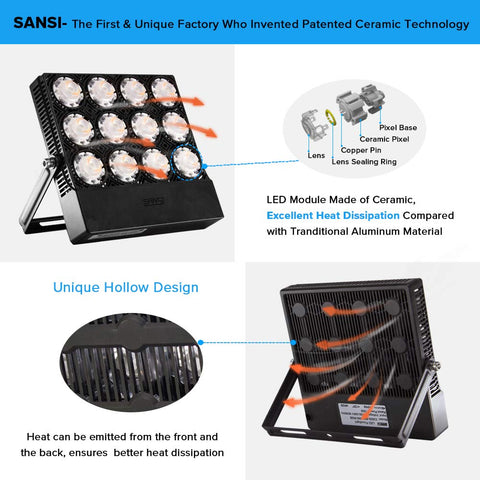
SANSI 70W Indoor Grow Light Beam
The SANSI 70W LED grow light produces a full spectrum beam, this means it as close to replicating natural daylight as possible. The CRI of this light also supports this in with its 90+ CRI value.
The full spectrum beam this light has wavelengths of 17.4% blue, 36.4% green, 38.8% red, 7.4% far red respectively. The advantage to adopting this LED light is that each LED chip produces this full spectrum, making the light evenly distributed and better for plant’s overall growth.

PPFD
One aspect of SANSI’s Amazon & official product pages is their transparency. Due to the fact that PPFD can appear higher the closer the measurement is taken to the light, it is fantastic to see that SANSI are open and provide 3 separate measurements from varying distances.
The Design
Now I’ve mentioned the more technical aspects it’s time to briefly cover the structure of the light. As you can see from the pictures above, the hollow body and ceramic heat pixels promote better heat dissipation.
What makes this LED panel more advanced is its use of ceramic. The ceramic heat sinks allow for the LED chips to be directly stuck onto the ceramic meaning these panels are PCD board and adhesive free
What I really loved about these lights was their beam and their design. I’m glad they’re full spectrum and bright and I’m even happier they dissipate heat and run at a low temperature in my greenhouse. For indoor gardeners these are a fantastic way to have either a small or large scale grow for a relatively low cost!
Purchasing a 70W Greenhouse Grow Light
If you would like to buy one of these fantastic grow lights, then follow the link here:

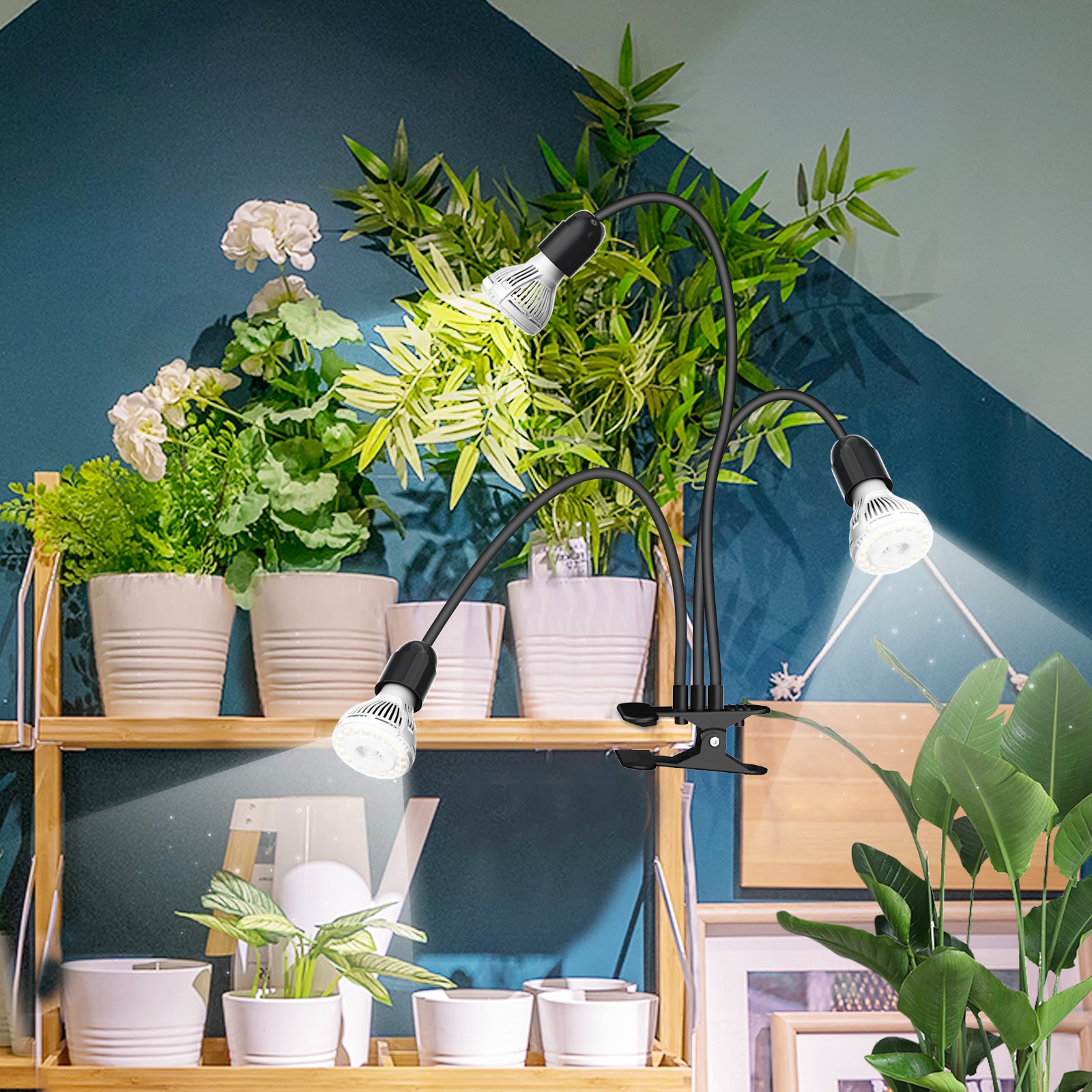
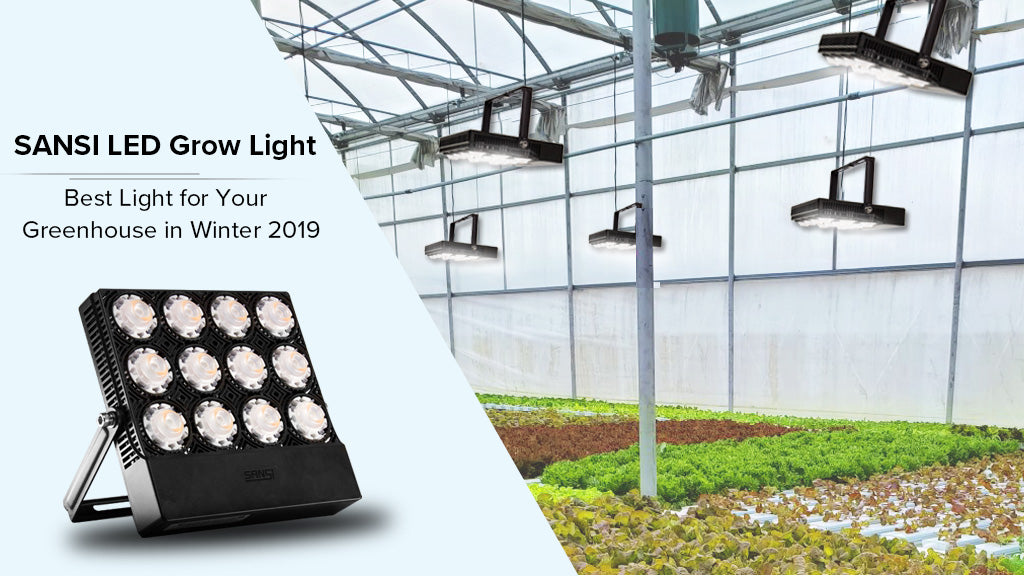
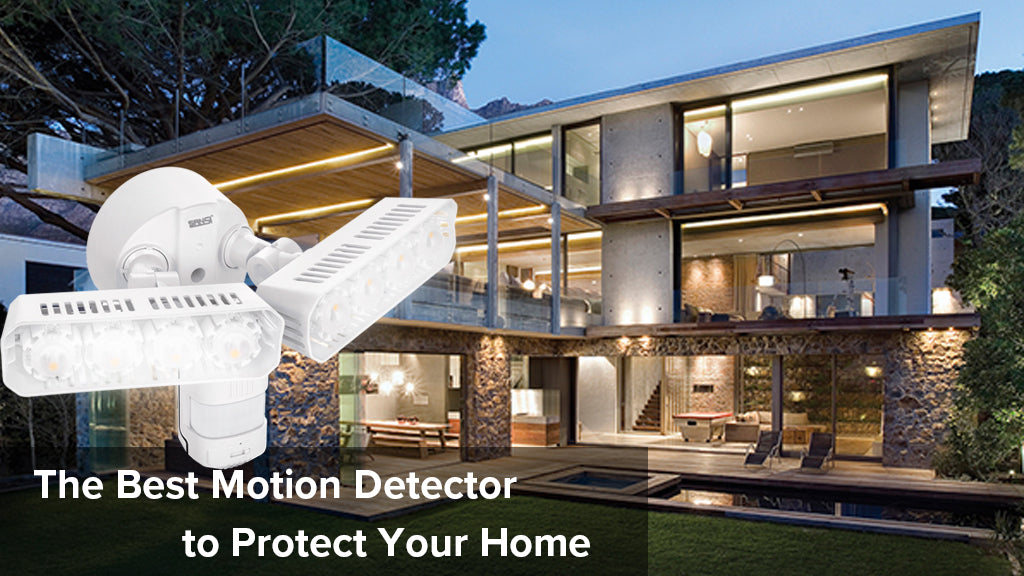
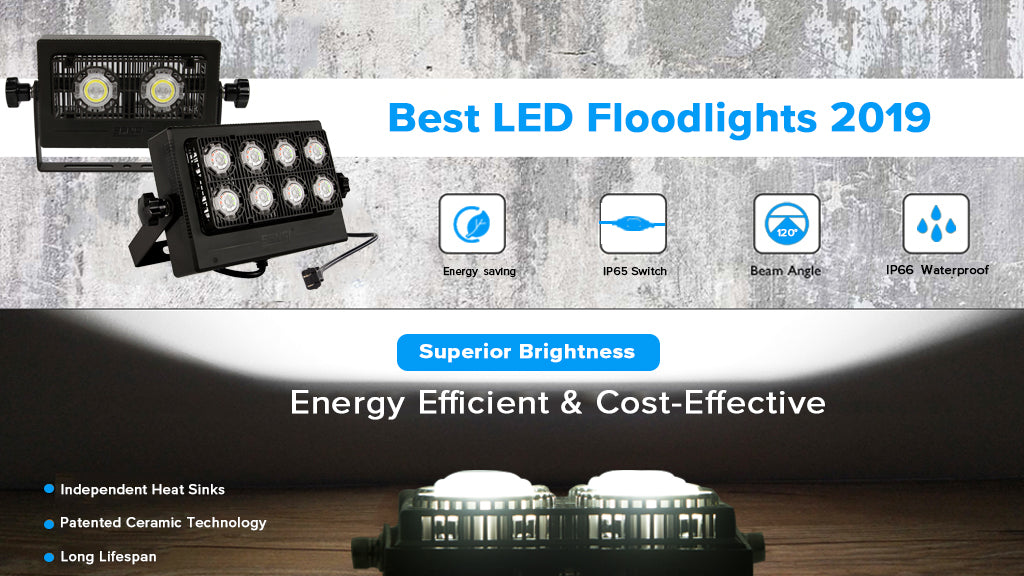
Leave a comment
All comments are moderated before being published.
This site is protected by hCaptcha and the hCaptcha Privacy Policy and Terms of Service apply.